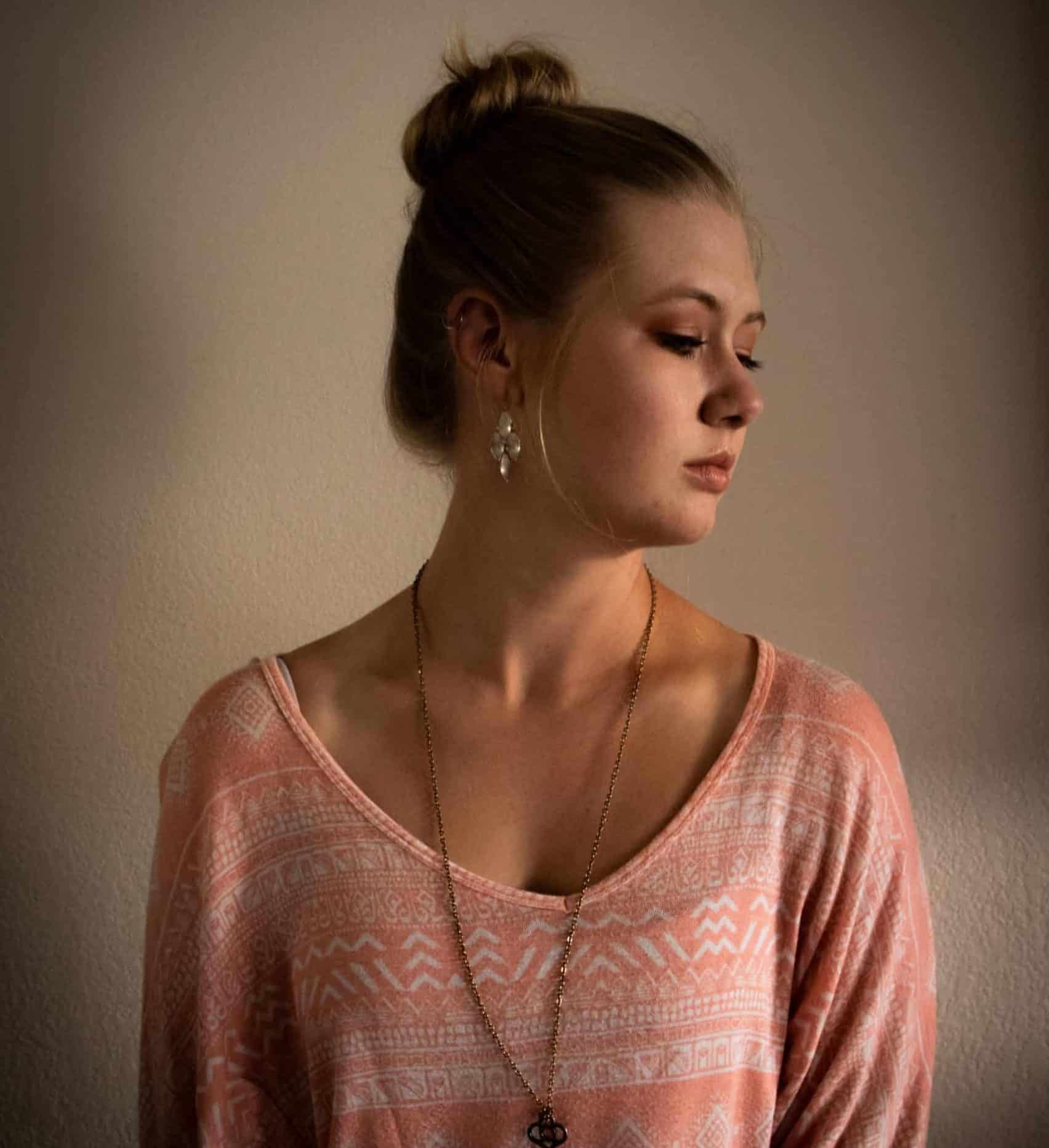Does your Hair change As you Get Older? How and What you Need to Know
Does your Hair change As you Get Older? How and What you Need to Know
As a professional hairstylist, I understand that hair changes are a common concern as we age. Many people experience changes in hair texture, growth patterns, and overall hair health as they get older.
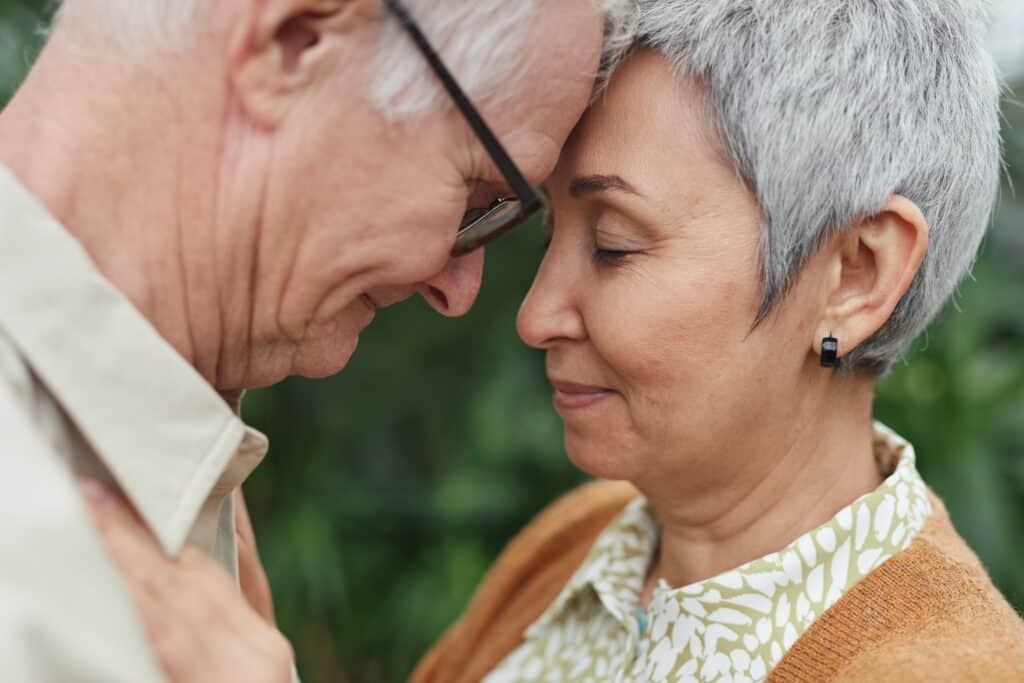
In this article we will discuss –
- Scientific evidence for physiological changes in hair as you age
- Sudden hair texture change symptoms and their causes
- Whether African American hair texture changes with age
- Offer tips on how to improve hair texture as you get older
- Explain when hair growth starts to slow down
- Explore why hair gets frizzy as you age
- 10 tips on how to take care of hair and its changes as you get older
- Hair changes to prepare for after the age of 40
Does Hair Change As You Get Older?
Yes, hair does change as you get older. It is a natural part of the aging process that affects both men and women. These changes can occur gradually or suddenly and can include changes in hair
- Texture
- Color
- Density
- Overall hair health
What is the Scientific Evidence for Physiological Changes for Hair As You Get Older?
Multiple studies have provided scientific evidence for physiological changes in hair as you age. Here are some key findings from these studies-
Decreased Hair Density
One study conducted by the Dermatology Unit of the University of Bologna in Italy revealed that hair density decreases with age. The study found that the average number of hairs per square centimeter decreased significantly in individuals over the age of 40. This decrease in hair density can contribute to thinning hair and a less voluminous appearance.
Decreased Hair Thickness
Another study published in the Journal of the Society for Investigative Dermatology reported a decrease in hair thickness with age. The study found that the average diameter of each hair strand tends to decrease as individuals get older.
Increased Hair Loss
A study conducted by the Department of Dermatology at the University of Iowa found that hair loss increases with age. But this is not the case for everyone.
The study showed that the prevalence of hair loss, specifically male pattern baldness, increases significantly in individuals over the age of 50.
Sudden Hair Change Texture Symptoms
Sometimes, individuals may experience sudden changes in hair texture, which can be concerning. Here are some common symptoms:
- Increased Frizz: Sudden frizziness can occur, making the hair appear dry, unruly, and difficult to manage. The hair may also feel rough to the touch.
- Loss of Curl or Wave Pattern: Individuals who have naturally curly or wavy hair may notice a sudden loss of their curl pattern, resulting in straighter hair. In some cases, the opposite can happen. I’ve had several clients sit in my chair and show me photos of their hair from years earlier and it was curly before but gradually became more straight later.
- Changes in Texture: The hair may become coarser or finer in texture. Coarser hair may feel thicker and more robust, while finer hair may feel thinner and more fragile.
- Increased Dryness: Sudden dryness can make the hair look dull, brittle, and prone to breakage. This can also lead to an itchy and irritated scalp.
What Causes these Hair Changes as you get Older?
Several factors can contribute to sudden hair texture changes. These may include:
- Hormonal Fluctuations: Hormonal changes, such as those that occur during menopause or pregnancy, can affect the hair’s texture and overall health. Fluctuations in estrogen and progesterone levels can lead to a decrease in hair moisture and an increase in dryness.
- Stress: Stress can disrupt the natural hair growth cycle and lead to sudden changes in hair texture. It can also contribute to dryness and hair breakage.
- Chemical Damage: The use of harsh chemical treatments, such as excessive heat styling, frequent bleaching or coloring, and chemical relaxers, can damage the hair cuticle and alter its texture.
- Environmental Factors: Exposure to excessive sunlight, humidity, or extreme temperatures can cause the hair to become dry, frizzy, and prone to breakage.
Does African American Hair Texture Change with Age?
Yes, African American hair texture can change with age, just like any other hair type. However, African American hair tends to be naturally more dry and fragile, which can make it more susceptible to changes in texture and overall hair health.
As individuals age, the hair’s natural oils (sebum) production tends to decrease, leading to increased dryness and brittleness. This can be more pronounced in African American hair, as it already has a lower moisture content due to its unique structure.
Additionally, wearing hairstyles that involve tension, such as tight braids or extensions, can cause traction alopecia and lead to permanent hair loss and changes in texture.
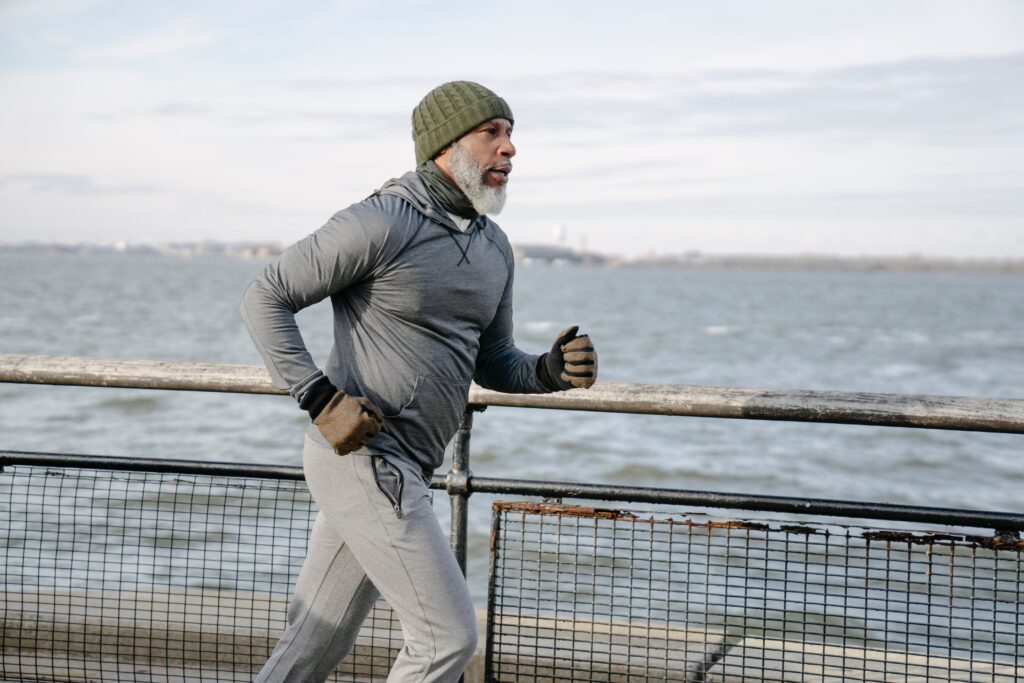
10 Tips How Can I Improve Hair Texture As I Get Older?
Although hair texture changes are a natural part of the aging process, there are several ways to improve and maintain optimal hair texture as you get older.
1. Proper Hair Care Routine
Adopt a regular hair care routine that includes gentle cleansing, conditioning, and moisturizing. Avoid using harsh shampoos and opt for sulfate-free, moisturizing products instead.
2. Deep Conditioning Treatments
Incorporate deep conditioning treatments into your hair care routine. These treatments help restore moisture, improve hair elasticity, and enhance the overall texture of the hair.
3. Avoid Excessive Heat Styling
Minimize the use of heat-styling tools, such as flat irons and curling irons, as they can cause damage and lead to changes in hair texture. If heat styling is necessary, use a heat protectant spray and set the tools to a lower temperature.
4. Protect Your Hair from Environmental Damage
Shield your hair from excessive sunlight, humidity, and extreme temperatures. Wear a hat or scarf when outdoors and use a leave-in conditioner with UV protection.
5. Eat a Balanced Diet
Ensure you have a well-balanced diet that includes essential nutrients for hair health, such as vitamins A, C, E, biotin, and omega-3 fatty acids. These nutrients can promote hair growth and help maintain a healthy texture.
6. Stay Hydrated
Drink an adequate amount of water daily to keep your body and hair hydrated. Proper hydration is essential for maintaining healthy hair texture.
7. Regular Trims
Trim your hair regularly to remove split ends and promote healthier hair growth. This can help improve the overall texture and appearance of your hair.
8. Avoid Chemical Treatments
Minimize the use of harsh chemical treatments, such as relaxers, bleaching, and excessive coloring. These treatments can weaken the hair, leading to changes in texture and overall hair health.
9. Reduce Stress Levels
Practice stress management techniques, such as meditation, yoga, or deep breathing exercises. High-stress levels can negatively impact your hair’s texture and health.
10. Consult a Professional Hairstylist
Seek advice from a professional hairstylist who specializes in hair care for older individuals. They can provide personalized guidance and recommend suitable products and treatments based on your specific hair needs.
At What Age Does Hair Growth Start Slowing Down?
Hair growth starts to slow down naturally as individuals age. This is a gradual process that can vary from person to person. While there is no specific age when hair growth universally slows down, it is commonly observed to start in the late 30s or early 40s.
Several factors contribute to the slowing down of hair growth, including hormonal changes, genetic predisposition, and decreased blood circulation to the hair follicles. Other lifestyle factors, such as poor diet, stress, and certain medications, can also play a role in hair growth slowing.
Why Does Hair Get Frizzy As You Age?
Hair can get frizzy as you age due to various reasons. Here are some common factors that contribute to frizz-
- Decreased Moisture Retention: As individuals age, the hair tends to produce less natural oils (sebum). This can lead to increased dryness and make the hair more prone to frizz.
- Weakened Cuticles: The cuticle is the outermost protective layer of the hair shaft. Over time, the cuticles can become weakened due to factors like heat styling, chemical treatments, and environmental damage. Weakened cuticles allow moisture to escape from the hair, resulting in frizz.
- Environmental Factors: Exposure to excessive humidity, wind, or extreme weather conditions can cause the hair to absorb moisture from the air, leading to frizz.
- Chemical Damage: Frequent use of harsh chemical treatments, such as coloring, bleaching, and perming, can damage the hair cuticle and contribute to frizz.
- Lack of Proper Hair Care: Improper hair care routines, such as using harsh shampoos, not moisturizing enough, or using heat-styling tools without protection, can strip the hair of its natural oils and make it more susceptible to frizz.
10 Tips on How to Take Care of Hair and its Changes As You Get Older
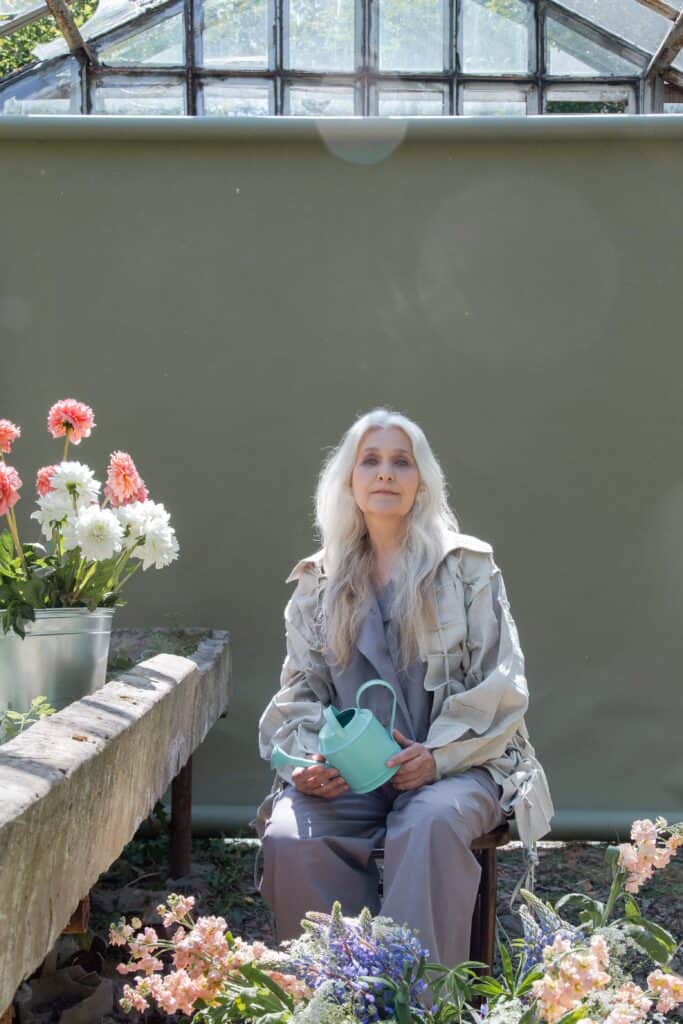
Here are ten essential tips on how to take care of your hair and its changes as you get older:
1. Use Gentle Cleansing Products
Opt for sulfate-free and mild shampoos and conditioners to avoid stripping the hair of its natural oils. Look for products that promote hydration and nourishment.
2. Moisturize Regularly
Use moisturizing leave-in conditioners, hair oils, or serums to hydrate and nourish your hair. Focus on the ends and areas prone to dryness.
3. Incorporate Deep Conditioning Treatments
Apply deep conditioning treatments at least once or twice a week to replenish moisture, improve hair texture, and restore elasticity.
4. Protect your Hair when Heat Styling
Minimize the use of heat-styling tools and always use a heat protectant spray when styling with heat. Opt for heatless styling methods, such as air-drying or using flexi-rods, to minimize damage and frizz.
5. Limit Chemical Treatments
Avoid excessive use of chemical treatments, such as relaxers, perms, and excessive coloring. These can weaken the hair structure and lead to changes in texture.
6. Protect Your Hair from Environmental Damage
Wear a hat or scarf when exposed to excessive sunlight or extreme weather conditions. This can protect your hair from drying out and frizzing.
7. Regularly Trim Split Ends
Trim your hair regularly to remove split ends and prevent further damage. Regular trims promote healthier hair growth and improve the overall texture of the hair.
8. Eat a Nutrient-Rich Diet
Ensure your diet includes foods rich in vitamins, minerals, and proteins that are beneficial for hair health. Incorporate fruits, vegetables, lean proteins, and whole grains into your meals.
9. Stay Hydrated
Drink an adequate amount of water daily to keep your body and hair hydrated. Proper hydration is vital for maintaining healthy hair texture.
10. Consult a Professional Hairstylist
If you are unsure about how to care for your hair as you get older, seek guidance from a professional hairstylist. They can assess your hair’s specific needs and recommend suitable products and treatments.
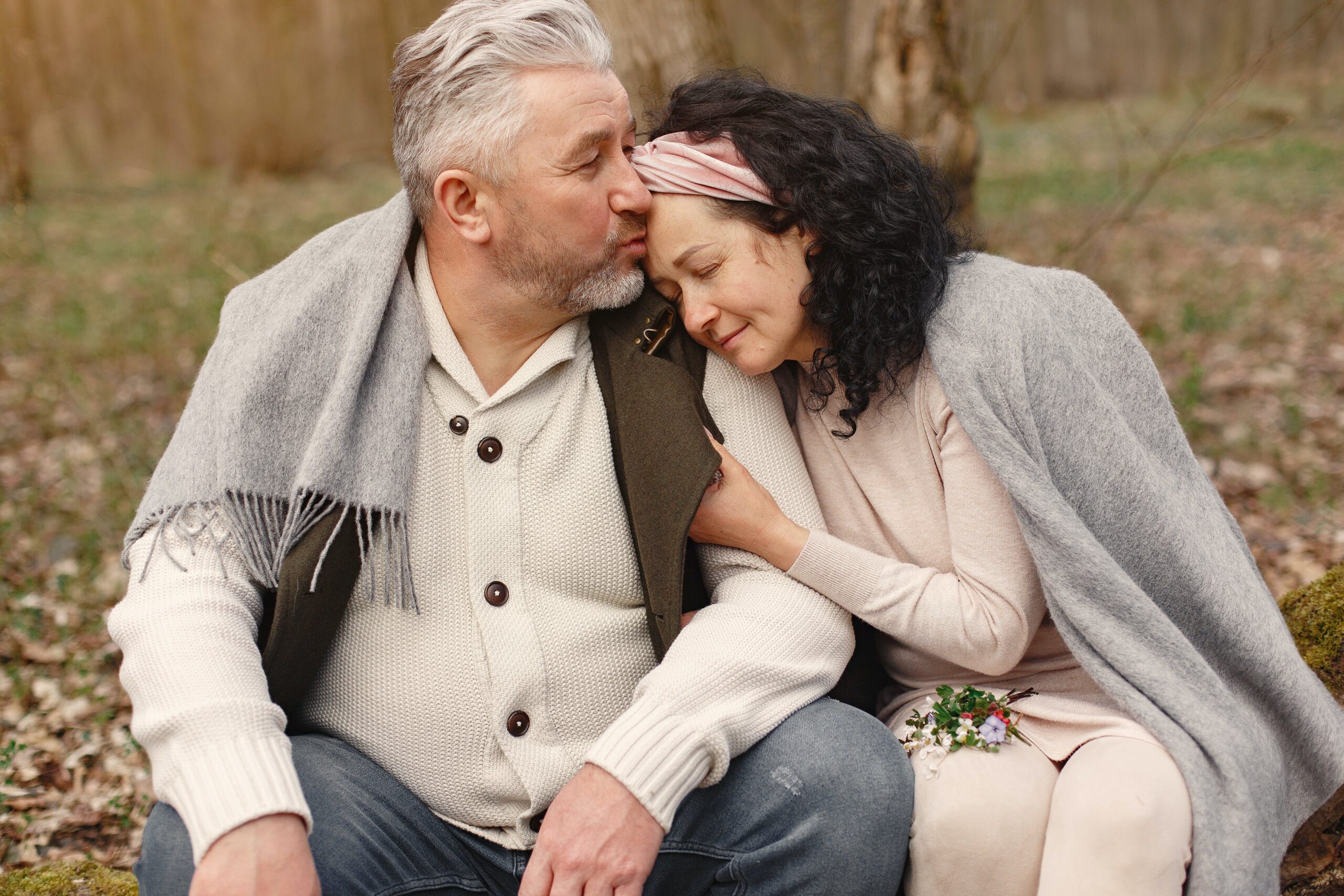
5 Hair Changes after 40 to Prepare For
After the age of 40, it is essential to prepare for potential hair changes that can occur. Here are some common hair changes to be aware of-
- Thinning Hair: The natural process of hair thinning, known as androgenetic alopecia, tends to become more noticeable after the age of 40. This can affect both men and women and may require adjustments to hairstyling techniques and products to create the appearance of fuller hair.
- Graying Hair: The production of the pigment responsible for hair color, called melanin, decreases as individuals age. This can lead to the gradual graying of hair, which may require adjustments in coloring techniques and the use of color-enhancing products.
- Changes in Hair Texture: As mentioned earlier, hair texture can change as individuals get older. This can include an increase in dryness, coarseness, or a loss of curl or wave pattern. Adapting hair care routines and using appropriate products can help manage these changes.
- Increased Hair Breakage: Aging hair tends to become more fragile and prone to breakage. This can be due to factors such as decreased elasticity, weakened hair shafts, and a decrease in natural oils. Practices that promote hair strength, moisturization, and protection are crucial.
- Slower Hair Growth: Hair growth naturally tends to slow down with age. This means that achieving longer hair or regenerating lost hair may require more time and effort.
By understanding these potential hair changes and implementing appropriate hair care practices, individuals can adapt their routines and maintain healthy, vibrant hair as they get older.
Conclusion to Does your Hair Change as you Get Older?
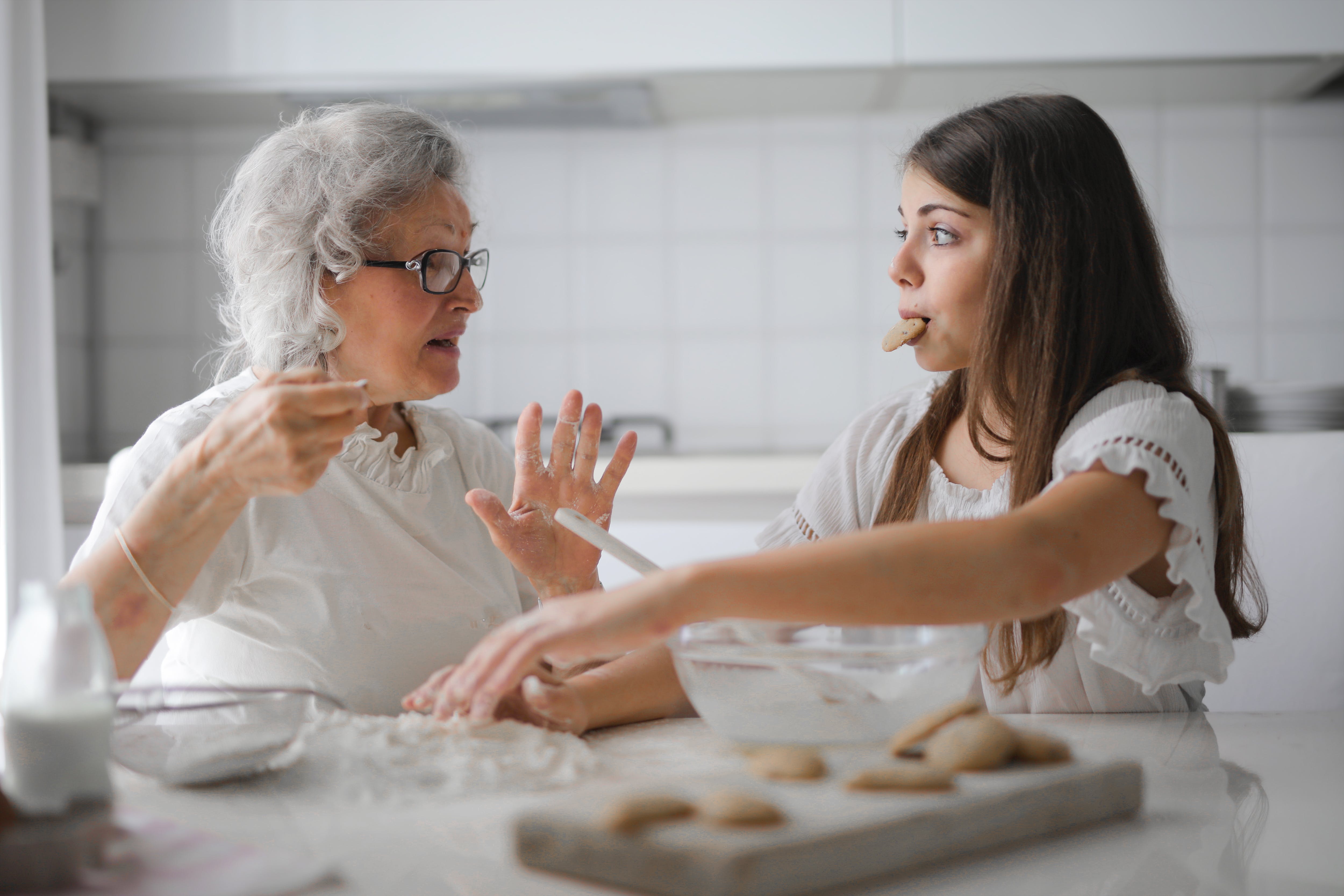
Hair changes are a natural part of the aging process. As you get older, you may experience changes in hair texture, density, and overall hair health.
These changes can be caused by various factors, including –
- Hormonal fluctuations
- Stress
- Chemical damage
- Environmental factors
- African American hair texture can also change with age, due to its natural characteristics and increased dryness
However, there are several ways to improve and maintain healthy hair texture as you age, such as adopting a proper hair care routine, avoiding excessive heat styling and chemical treatments, and consulting a professional hairstylist for personalized advice.
Additionally, it is important to be prepared for common hair changes after the age of 40, such as thinning hair, graying hair, changes in texture, increased hair breakage, and slower hair growth.
By following a regular hair care routine, incorporating nourishing treatments, and making lifestyle adjustments, you can embrace the natural changes in your hair and maintain vibrant, healthy locks as you age.
Related Articles to Does Hair Change as you Get Older?
Ash vs Neutral Hair Color – How to Choose and Use them Properly
Coconut Oil for Grey Hair & Other Best Oils for Grey Hair
15 Homemade Hair Treatments for Black Hair – Expert Approved
Does Hair Change Every 7 Years? Separating Fact from Fiction
How to Make Homemade Conditioner for Hair – 21 Easy Ingredients Found in your Kitchen
Co Wash vs Shampoo – Why you Should for Curly Hair
12 Leave-In Conditioners for Curly Hair 2023 – Reviewed by a Hairstylist
Are Satin Pillowcases Good for Hair? Silk vs Satin for Curly Hair and Skin
